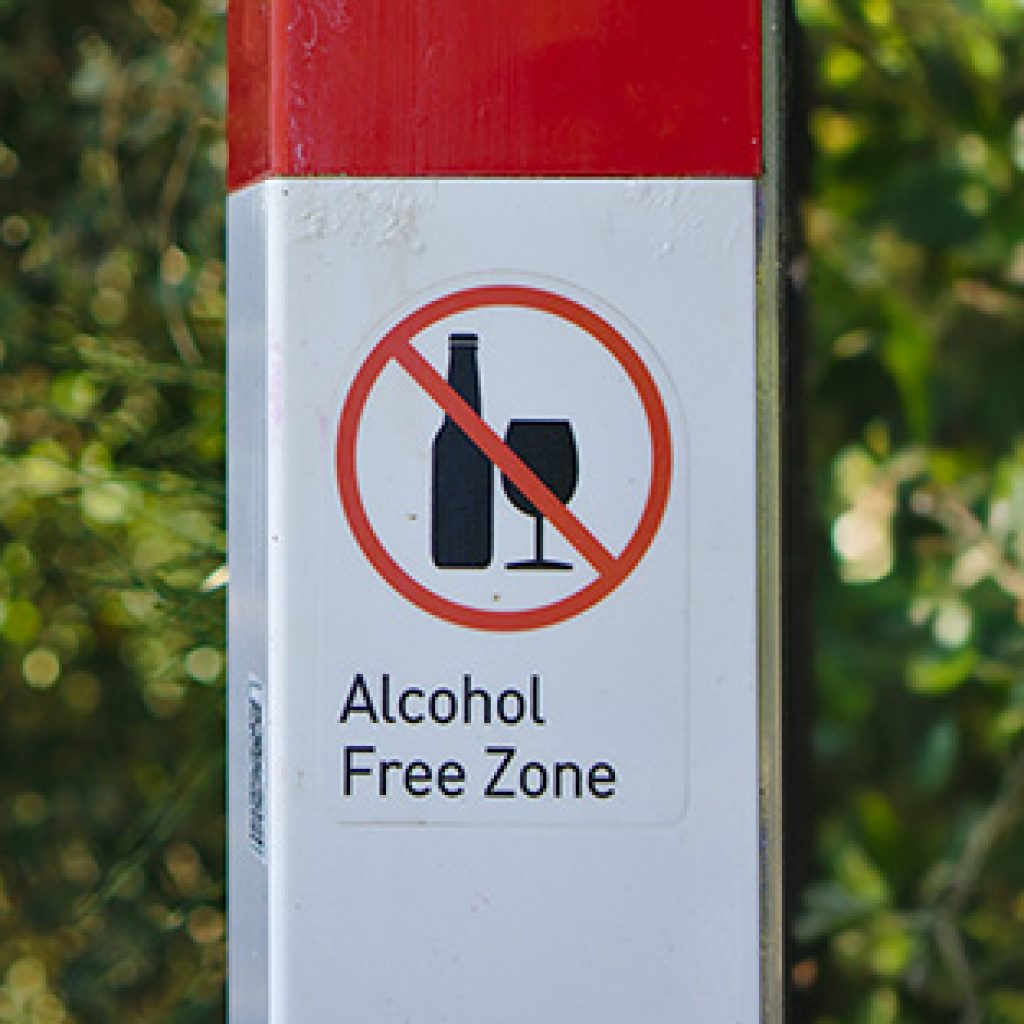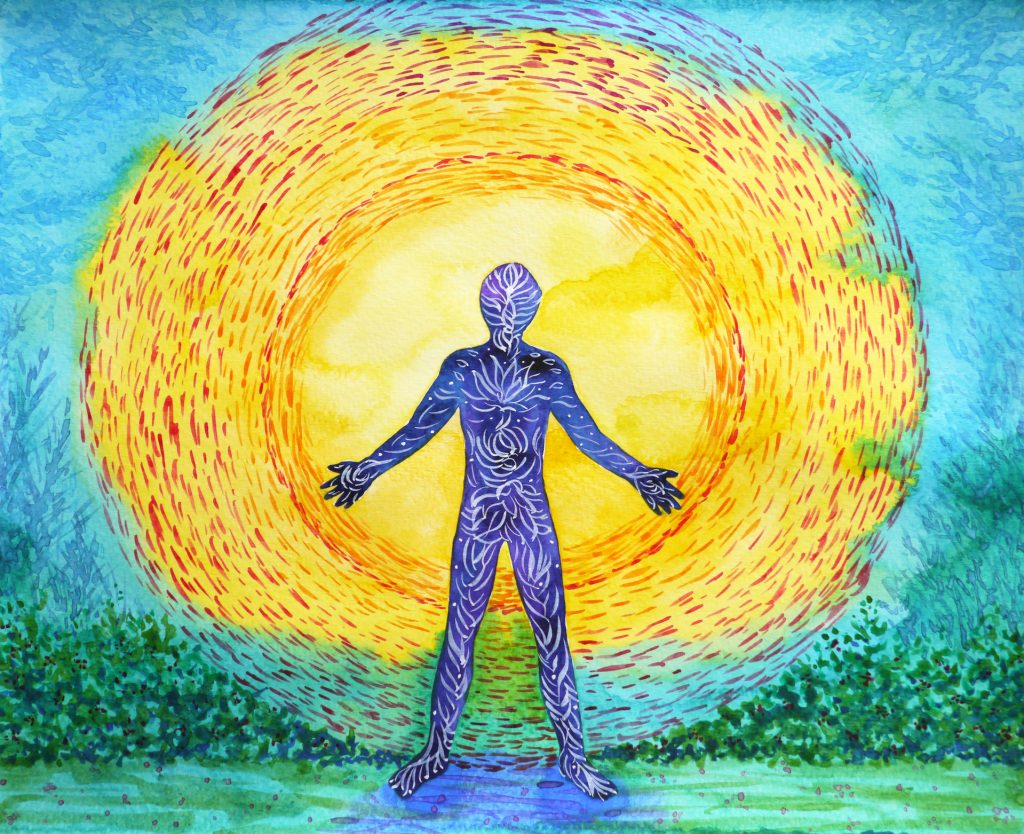Exploring Energy Psychology and Emotional Freedom Technique (EFT)
Energy Psychology (EP) recognizes the powerful connection between the mind and the body. EP (also known as cognitive somatic practices) combines cognitive interventions with somatic techniques that influence the human bio-energy systems (i.e., neuroception, meridians, chakras, and biofields). It includes various treatment modalities that are used to rewire disturbing events that are trapped within the mind and body. These approaches are used by practitioners of psychotherapy, counseling, coaching, energy healing, and health care providers. According to Dr. Robert Schwartz (2020), “Energy psychology theory suggests that psychological problems are a reflection of disturbed bio-energetic patterns with the mind-body system – a system that involves complex communication between a person’s neurobiology and their cognitive-behavioral-emotional patterns.” While energy psychology is a relatively new field, its evidence-base continues to grow in both quantity and quality (Schwartz, 2020).

The research on Energy Psychology is rapidly expanding. As of 2022, there have been 175+ studies conducted that investigate the effectiveness of energy psychology techniques. Of those, 70+ have been randomized controlled trials, and 5 meta-analyses which showed the effectiveness of energy psychology for depression, anxiety, and PTSD. The results of these studies have been published in more than 15 different peer-reviewed journals, including the Journal of Clinical Psychology, the Journal of Nervous and Mental Disease and the APA journals Psychotherapy: Theory, Research, Practice, Training and Review of General Psychology. In addition, changes in biological, genetic, and neurological markers have all been seen in the studies that utilize energy psychology as a treatment modality. The next phase of EP research will continue to explore the physiological changes (i.e., cortisol levels, gene expression, and immunological function) using EEG, fMRI, and PET scans to document changes in the body (Association for Comprehensive Energy Psychology, 2022).
According to the Association for Comprehensive Energy Psychology (2022), most EP approaches are brief, active, and structured. EP modalities can be used as stand-alone interventions or can be easily integrated into a broader clinical treatment plan. Practitioners typically teach the client these self-help techniques so that they can use them whenever needed. The most common techniques that have been studied and validated include Emotional Freedom Techniques (EFT), Thought Field Therapy (TFT), Advanced Integrative Therapy (AIT), Heart Assisted Therapy (HAT), Tapas Acupressure Technique (TAT), or Comprehensive Energy Psychology (CEP).
By including the body in mental health treatment techniques, it helps to improve physical, mental, emotional, and spiritual well-being. It includes the strategic and tactical use of the senses, physical movement, and stimulation of body systems (i.e., the breath, poly-vagal, and nerves). It utilizes these systems on purpose and intentionally to support healing in the body and mind. According to Robert Schwartz (2020), when a person experiences trauma two things often occur: there is an increase in the probability of negative states and a decrease in access to resourceful states (i.e., more joyful states). He describes how trauma disconnects us from our resourceful states (and sometimes are body). He recommends “tapping” as an effective treatment modality that can help the body freak out less and less. A study conducted with veterans who experienced chronic pain, and PTSD found that tapping and guided breathing were a useful tool that they could use in their daily life. They reported experiencing less pain, and anxiety, and felt that they could better manage the stress in their life.

There are two primary types of “tapping” techniques that include Emotional Freedom Techniques (EFT) and Thought Field Therapy (TFT). EFT is the most widely used technique today. Tapping is based on the combined principles of ancient Chinese acupressure and modern psychology. The practitioner teaches the individual how to tap on nine specific acupressure points, which helps to downregulate the nervous system for both the client and the practitioner. It also helps a practitioner to increase presence while working with a client. According to Dr. Schwartz (2020) there are five key components of EFT which include:
- Exposure to stressful memories of the past or current difficult emotions or physical sensations (i.e., migraine).
- Mindful and compassionate awareness.
- Self-activation of the body’s energy system by tapping on acupressure points.
- Specific ways of structuring the session to focus awareness and titrate the treatment dose.
- A great deal of therapeutic presence.
Dr. Schwartz (2020) describes how there are two phases of trauma treatment when it comes to EFT. The first phase is to calm the nervous system, and the second phase is to address the root cause of the problem. The first phase can be done without a therapist, but the second phase is typically done with a trained practitioner. Within the second phase, the practitioner works with the client to identify specific memories or events from the past, and to identify schema, beliefs, and patterns that have developed. Tapping while exploring trauma has been shown to help keep a client within their window of tolerance and helps to reduce activity in the amygdala and cortex, lower cortisol levels, increase vagal activity, and improve heart rate variability. In addition, EFT has been shown to be a powerful stress relieving technique.
Ready to learn more?
Join CASAT Learning for a LIVE in-person training: Alternative Energy Healing Techniques for Peace of Mind which will be presented by Dani Doehring, LADC-S. In this class, you will learn three different systems/techniques to teach your clients how to self-soothe to reduce their current level of anxiety/stress. Each technique will have a brief introduction and history and then hands-on demonstration by each participant while being guided by the instructor.
Additional resources may be found on the CASAT OnDemand Resources & Downloads page.
This article was developed by Heather Haslem, M.S. Feel free to use, link to, or distribute this information. A link to our site and attribution would be much appreciated.
References:
Association for Comprehensive Energy Psychology. (2022). The Science Behind Energy Psychology. Association for Comprehensive Energy Psychology. Retrieved October 20, 2022, from https://irp-cdn.multiscreensite.com/a5ea5d51/files/uploaded/APA18_Program.pdf
Maddox, Deschner, B., Goodsun, D., & Lapiz-Bluhm, M. D. (2020). Veterans Team Recovery Integrative Immersion Process (Vet TRIIP): A Qualitative Evaluation of Participation and Impact. Military Medicine, 185(7-8), e1284–e1289. https://doi.org/10.1093/milmed/usaa053
Rusmini Rusmini, Suparmi Suparmi, & Ulfah Musdalifah. (2015). Emotional Freedom Technique (EFT) Tapping for Post Sectio Caesaria patient: Decrease Anxiety and Increase Early Mobilization. Jurnal Riset Kesehatan (Online), 2(2), 336–341. https://doi.org/10.31983/jrk.v2i2.211
Schwarz, Robert A. (2020). Energy psychology : A Bodymind Approach for Rapidly Transforming Stress and Trauma. PESI.
Blog Post Tags:
Related Blog Posts
Related Learning Labs
Related Resources
.
- Buscar Tratamiento de Calidad para Trastornos de uso de Sustancia (Finding Quality Treatment for Substance Use Disorders Spanish Version)
- Finding Quality Treatment for Substance Use Disorders
- Focus On Prevention: Strategies and Programs to Prevent Substance Use
- Monthly Variation in Substance Use Initiation Among Full-Time College Students
- The National Survey on Drug Use and Health (NSDUH) Report: Monthly Variation in Substance Use Initiation Among Adolescents









Thank you!